spacecraft
Latest
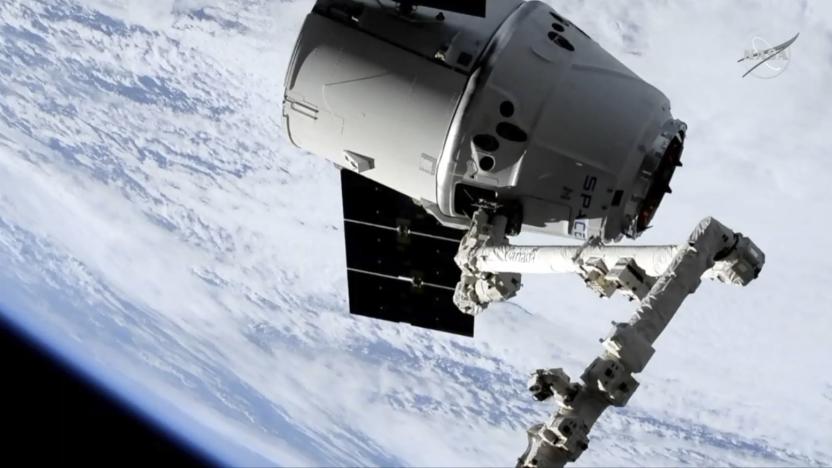
SpaceX delivered 5,500 lbs of cargo to the International Space Station today
A SpaceX Dragon cargo spacecraft successfully made its way to the International Space Station (ISS), with approximately 5,500 lbs of NASA cargo and science experiments. It launched Sunday from Cape Canaveral Air Force Station in Florida, and it arrived today, joining five other spacecraft currently docked at the station.
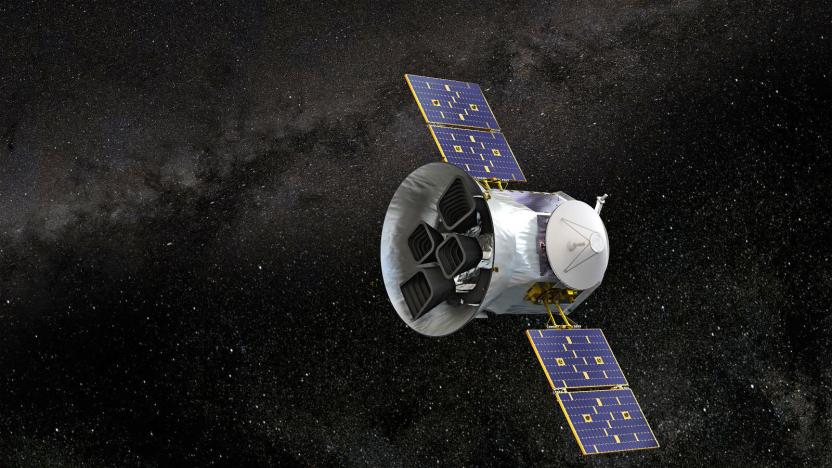
NASA’s TESS spacecraft finds its first Earth-sized exoplanet
One year after its launch, NASA's TESS (Transiting Exoplanet Survey Satellite) discovered its first Earth-sized exoplanet. Named HD21749c, the planet orbits a star just 53 light-years from Earth and is likely rocky but uninhabitable. The findings -- published in Astrophysical Journal Letters -- suggest TESS is capable of fulfilling its mission to catalog thousands of planet candidates, including more than 300 that are expected to be Earth-sized and super-Earth-sized exoplanets.

Privately-owned Moon lander crashes in historic attempt
Private spaceflight isn't quite ready to mark another milestone. SpaceIL's Beresheet lander has crashed on the Moon after mission controllers lost communication during its descent to the lunar surface. It did successfully take a selfie on the way down, but its experiments are a bust. It was supposed to measure the local magnetic field and use a NASA-made laser retroreflector array (eight mirrors with quartz cube corners) to relay its position to the Lunar Reconnaissance Orbiter using light.

The ISS is crawling with nasty bacteria
NASA scientists have found that the International Space Station (ISS), home to six astronauts, is infested with disease-inducing bacteria. Many of the organisms breeding on the craft's surfaces are known to form both bacterial and fungal biofilms that promote resistance to antibiotics. The NASA team published their findings in a new study -- the first comprehensive catalog of germs in closed space systems -- in the journal Microbiome. The biofilms ability to cause microbial-induced corrosion on Earth could also play havoc with the ISS' infrastructure by causing mechanical blockages, claim the researchers.
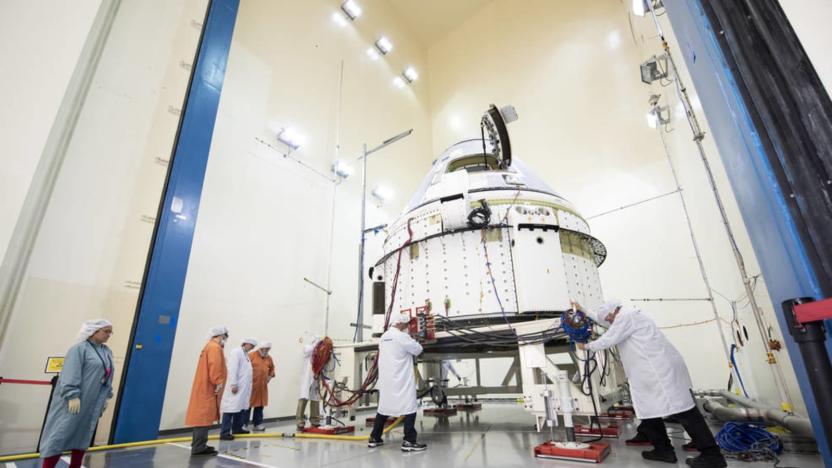
Boeing delays its first Starliner test flight until August
For a while, Boeing and SpaceX have been neck-and-neck in their race to provide the first commercial space travel. That might be changing, as NASA and Boeing announced they'll delay the first uncrewed flight test of Boeing's Starliner. The spacecraft will now launch in August -- a full year after it was first scheduled to takeoff.
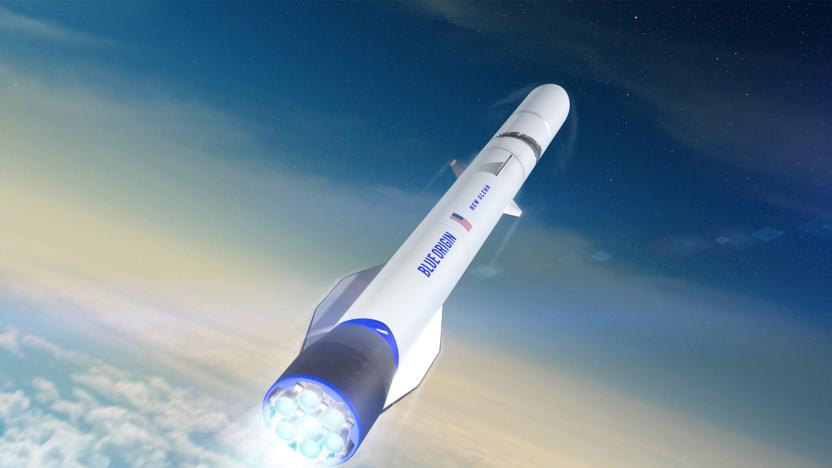
Blue Origin starts building the factory for New Glenn's engines
Blue Origin's New Glenn rocket just became more tangible. The company has officially started construction on a factory in Huntsville, Alabama that will produce the BE-4 engines powering both New Glenn and United Launch Alliance's Vulcan Centaur. It'll also make the BE-3U engines used for New Glenn's second stage. While it's not clear when the factory will start making rockets, Blue Origin expects to complete development later in 2019.
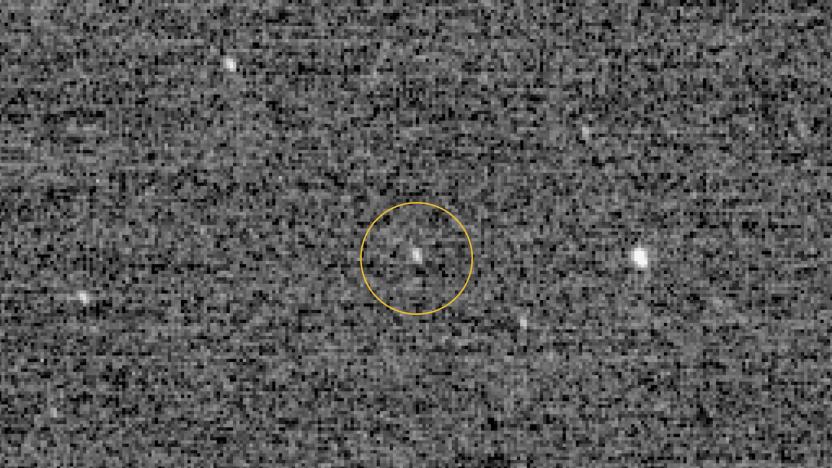
NASA will reach its most distant target yet on New Year's Day
While we're welcoming the new year here on Earth, NASA's New Horizons spacecraft will be ringing in 2019 with a flyby of a very distant object in our solar system. In 2015, New Horizons gave us our best look yet at Pluto, and ever since, it has been heading towards a distant Kuiper Belt object known as Ultima Thule. On January 1st, 2019, it's scheduled to reach Ultima Thule, where it will collect detailed images and other data as part of the most distant exploration of a space object to date.

OSIRIS-REx spacecraft already found water on its target asteroid
It didn't take long for NASA's OSIRIS-REx spacecraft to glean valuable insights from the asteroid Bennu. The vessel has helped scientists discover water trapped inside Bennu's clays thanks to its two spectrometers, which spotted the hydroxyls (bonded hydrogen and oxygen atoms) that indicate interaction with water. Researchers believe Bennu's parent astroid hosted liquid water at one point, and these traces carried over to the smaller space rock.
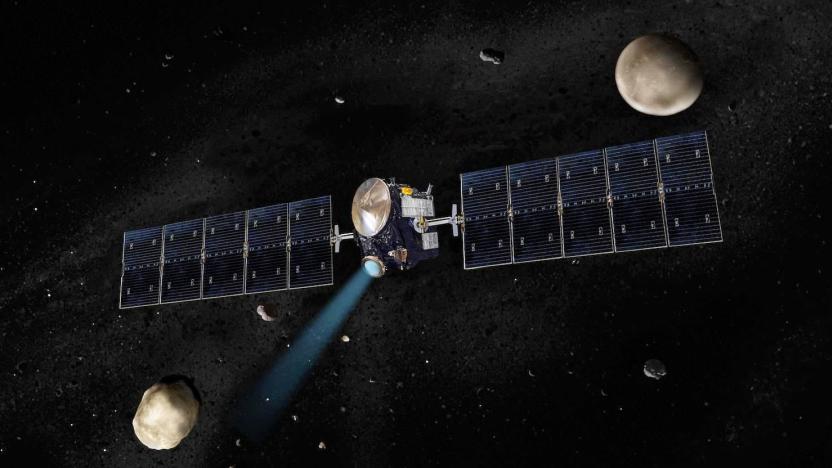
NASA says goodbye to its Dawn spacecraft after 11 years of service
NASA's Dawn spacecraft has run out of fuel, and its mission has come to an end. Launched in 2007, Dawn orbited the two largest bodies in the main asteroid belt -- Vesta and Ceres -- collecting valuable data that have helped scientists understand how objects formed in the early solar system. "Today, we celebrate the end of our Dawn mission -- its incredible technical achievements, the vital science it gave us and the entire team who enabled the spacecraft to make these discoveries," Thomas Zurbuchen, associate administrator of NASA's Science Mission Directorate in Washington, said in a statement. "The astounding images and data that Dawn collected from Vesta and Ceres are critical to understanding the history and evolution of our solar system."
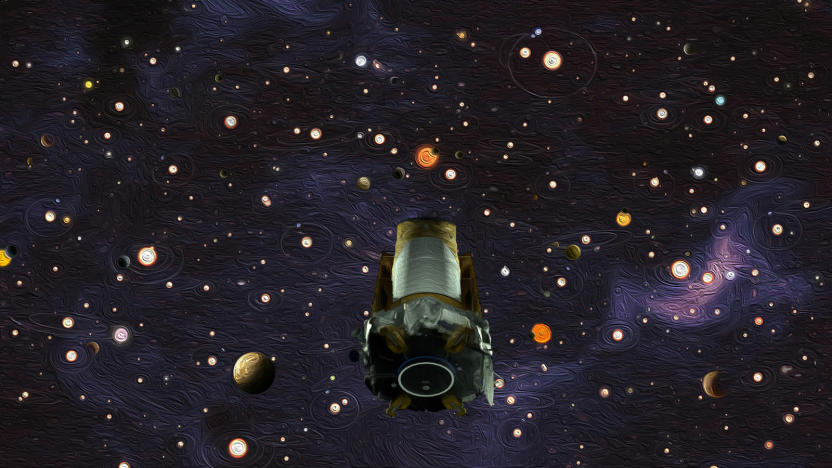
The Kepler space telescope's end has finally come
The time has finally come to say goodbye to Kepler, the spacecraft that exceeded expectations throughout its mission and has so far confirmed more than 2,600 planets outside of our solar system. In March, NASA warned that Kepler's end might be nearing as it was running very low on fuel, and scientists running the spacecraft have put it to sleep multiple times over the past few months in order to preserve what fuel it had left. But even as recently as last month, Kepler demonstrated that it still had enough juice to continue collecting data and launched into its 19th observation campaign. However, Kepler has now run out of fuel and NASA has retired the spacecraft after nine years of observations.

Watch NASA test Orion's parachutes by dropping it from a plane
NASA has been putting the Orion capsule's parachute system through rigorous testing for years -- it has to work perfectly if it's meant to ensure a safe landing for the spacefarers onboard, after all. Now, the agency is getting ready for its final test in a series of eight and will broadcast the event live on NASA TV, the agency's website and Orion's Facebook page, starting at 10:15AM Eastern on September 12th.

Planet-hunting Kepler telescope declares that it is not, in fact, dead
At this point, most space enthusiasts and insiders have said their goodbyes to the Kepler spacecraft. We've known for months that it's very low on fuel, and its planet-hunting replacement, TESS, has already launched. But Kepler has a mind of its own, apparently. Despite the fact that its level of fuel is now crippling, and it's had its share of mechanical issues, the telescope is once again back to work collecting scientific data and looking for new exoplanets.
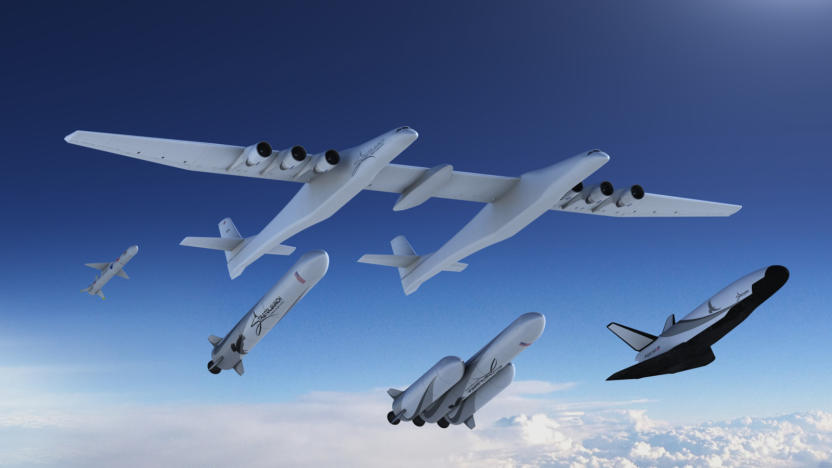
Stratolaunch's new satellite carriers include a reusable space plane
Paul Allen's Stratolaunch is only just starting to make serious progress on its massive aircraft, but it's already thinking about its future beyond that enormous machine. The company has unveiled a new family of launch vehicles that can carry a wide range of payloads to orbit. Most notably, it's in the "design study" phase for a completely reusable space plane (shown at far right). Stratolaunch won't even predict when the machine would be ready, but it would initially focus on cargo launches and carry crew in later revisions.
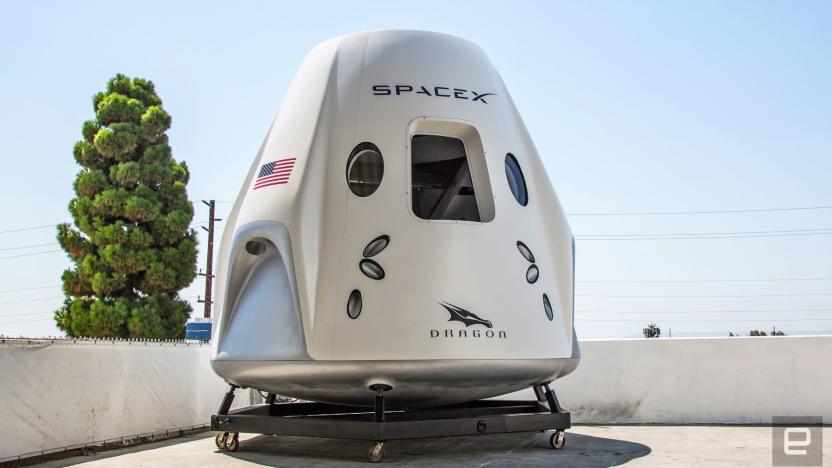
SpaceX readies its spacecraft and astronauts for crewed missions
SpaceX's priority is to get humans into space. Eventually, some of those people will end up on Mars. For now, the rocket-launching company needs to work on getting astronauts to the International Space Station (ISS). To that end, it recently showed off the hardware and astronauts that'll be part of the historical mission.
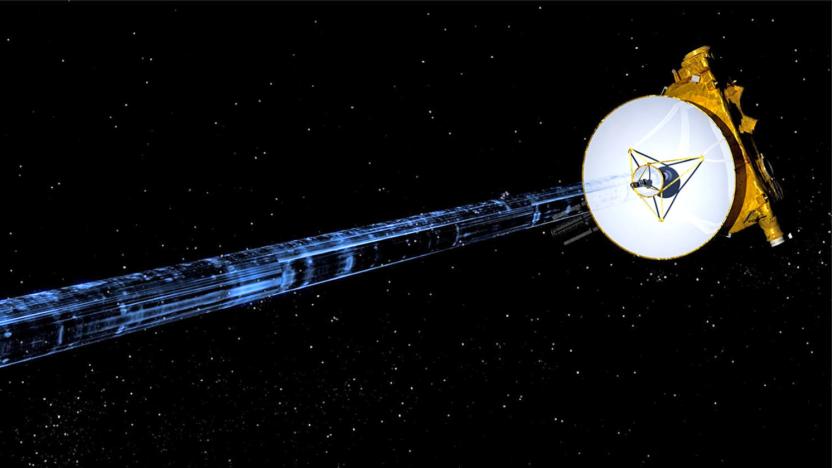
New Horizons probe may have detected Solar System's hydrogen 'wall'
Scientists have learned a bit about the edge of the Solar System from Voyager 1, but there hasn't been a lot of corroborating data without follow-up spacecraft. They appear to be getting a second chance, though. NASA's New Horizons spacecraft has detected what appears to be a "wall" at the edge of the Solar System where interstellar hydrogen gathers as it collides with the solar wind -- in other words, the very edge of the Sun's influence. Researchers found it by capturing a 360-degree snapshot of ultraviolet emissions around the probe, revealing an unusual brightness (potentially bunched-up hydrogen) similar to a signal the Voyager mission detected 30 years ago.
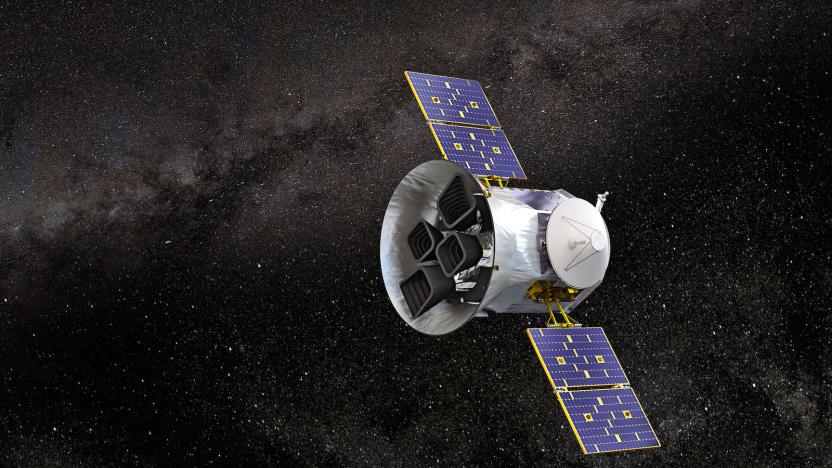
NASA’s TESS spacecraft begins its search for exoplanets
NASA's TESS spacecraft is officially up and running. The agency recently announced that TESS, which stands for Transiting Exoplanet Survey Satellite, started its search for exoplanets -- planets outside of our solar system -- on July 25th. Its first data transmission is scheduled for August. "I'm thrilled that our new planet hunter mission is ready to start scouring our solar system's neighborhood for new worlds," Paul Hertz, director of the Astrophysics Division of NASA's Science Mission Directorate, said in a statement. "Now that we know there are more planets than stars in our universe, I look forward to the strange, fantastic worlds we're bound to discover."

NASA put Kepler to sleep to preserve its remaining fuel
NASA announced today that the Kepler spacecraft, which has been searching for distant Earth-like planets near Sun-like stars, is running very low on fuel. So much so, that it has decided to put Kepler in a sleep mode to preserve fuel over the next few weeks. Back in March, the agency warned that this could happen soon and on Monday, the Kepler team observed a drop in the spacecraft's fuel pressure, indicating a very low fuel level. So for now, Kepler won't conduct any more scientific observations and will instead rest until August 2nd when research it has collected over the last 51 days is scheduled to be downloaded.
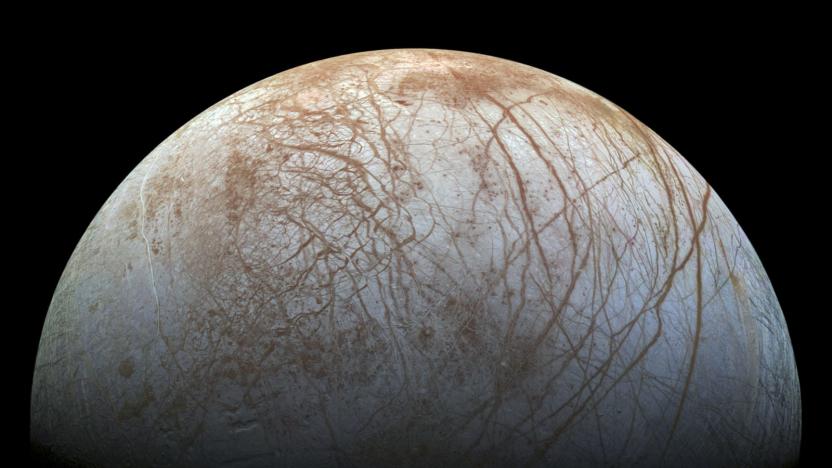
Decades-old data helps confirm Europa is geysering water into space
Over the past few years, the Hubble Space Telescope has observed what looked to be plumes of water vapor shooting from the surface of one of Jupiter's moons, Europa. Now, scientists have looked over decades-old data from Galileo and discovered that the spacecraft actually got close to one of these plumes during a flyby. This is the first up-close measurement we have of these eruptions, and the best evidence yet that Jupiter's fourth-largest moon is indeed shooting water into space. The findings are detailed in an article in Nature Astronomy, which was released today.
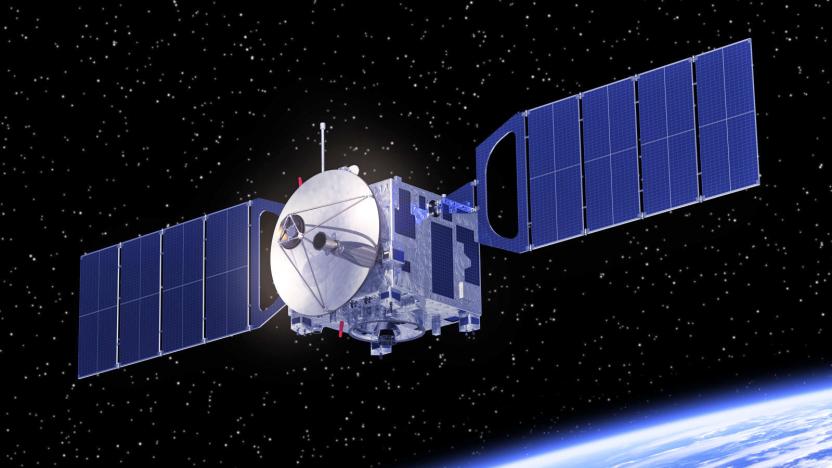
NASA's portable antennas help bring space data back to Earth
Spacecraft don't usually have much flexibility when it comes to sending data back to Earth: they either have to venture within range of a dedicated ground station or offload it by returning to the planet. NASA may soon have a more flexible option: it's testing a portable space communications system from ATLAS Space Operations. ATLAS Links is a mobile structure whose four-antenna system is not only relatively light (each antenna is less than 10lbs), but can be set up within minutes. If researchers wanted to grab scientific findings or perform a status check, they could roll out a Links station when and where they need it.
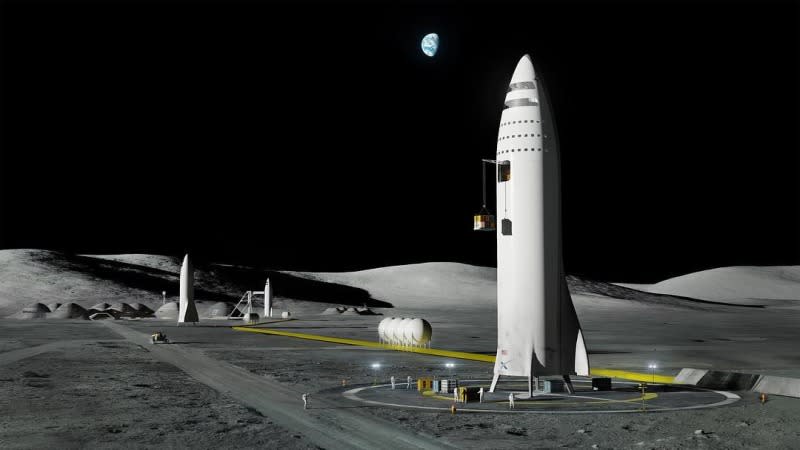
SpaceX aims to test its Mars rocket system in first half of 2019
You might not have to wait long to see SpaceX's BFR rocket system in action ... maybe. In a talk at SXSW, Elon Musk said he expected the spacecraft's first "short up-and-down flights" by the first half of 2019. He was quick to hedge his claim, noting that his timelines tend to be "optimistic" (remember how Falcon Heavy was supposed to launch in 2013?), but this at least gives you a timeframe. Test flights couldn't place too much later when the goal is to send cargo missions to Mars by 2022.






